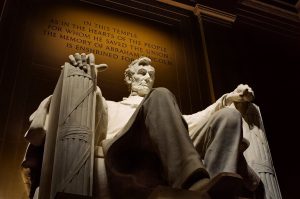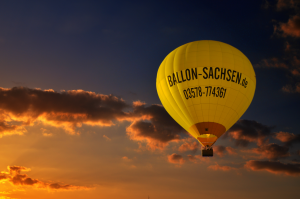- This topic is empty.
-
AuthorPosts
-
06/05/2025 at 14:05 #7676
When it comes to understanding the clothing choices of Americans, one must consider a multitude of factors that influence fashion trends across the diverse landscape of the United States. From cultural influences to climate variations and socio-economic factors, the garments worn by Americans reflect a rich tapestry of identity, lifestyle, and practicality. This post aims to explore the predominant clothing styles embraced by Americans today, providing insights into the underlying reasons for these choices.
1. Casual Wear: The Dominant Trend
In recent years, casual wear has emerged as the cornerstone of American fashion. The rise of athleisure—a blend of athletic and leisurewear—has significantly shaped the wardrobe of many Americans. Brands like Lululemon, Nike, and Adidas have popularized comfortable yet stylish options that can transition from the gym to social settings. This trend is not merely about comfort; it reflects a broader cultural shift towards health and wellness, where physical activity is integrated into daily life.
Moreover, casual wear encompasses a variety of styles, including denim jeans, graphic tees, and hoodies. Denim, in particular, remains a staple, with variations such as skinny, bootcut, and distressed jeans appealing to different demographics. The versatility of denim allows it to be dressed up or down, making it a go-to choice for many.
2. Seasonal Influences: Dressing for the Climate
The United States is characterized by its diverse climates, which significantly influence clothing choices. In warmer regions, such as Florida and Southern California, lightweight fabrics like cotton and linen are favored. Residents often opt for shorts, sundresses, and flip-flops, reflecting a laid-back lifestyle that embraces outdoor activities.
Conversely, in northern states where winters can be harsh, layering becomes essential. Americans in these regions typically invest in insulated jackets, thermal wear, and sturdy footwear. Brands like North Face and Patagonia have gained popularity for their functional yet stylish outerwear, catering to the needs of those who engage in winter sports or simply navigate cold weather.
3. Professional Attire: The Evolution of Workplace Fashion
While casual wear dominates everyday life, professional attire remains a significant aspect of American fashion, particularly in corporate environments. Traditionally, business attire consisted of suits and ties for men and tailored dresses or skirts for women. However, the modern workplace has seen a shift towards business casual, where comfort and professionalism coexist.
This evolution is partly driven by the tech industry’s influence, where companies like Google and Facebook have popularized a more relaxed dress code. As a result, chinos, polo shirts, and smart-casual dresses have become acceptable in many offices, reflecting a broader trend towards inclusivity and individuality in professional settings.
4. Cultural Influences: A Melting Pot of Styles
The United States is often described as a melting pot of cultures, and this diversity is vividly reflected in its fashion choices. Ethnic wear, streetwear, and vintage styles all coexist, allowing individuals to express their heritage and personal style. For instance, the popularity of streetwear brands like Supreme and Off-White showcases the influence of urban culture and youth movements.
Additionally, the resurgence of vintage clothing has gained traction, with thrift stores and online platforms like Depop and Poshmark making it easier for Americans to access unique pieces from past decades. This trend not only promotes sustainability but also allows individuals to curate a wardrobe that tells their personal story.
5. Sustainability and Ethical Fashion: A Growing Concern
In recent years, there has been a notable shift towards sustainability in fashion. Many Americans are becoming increasingly aware of the environmental impact of fast fashion and are seeking out brands that prioritize ethical practices. Companies like Everlane and Reformation have gained popularity for their commitment to transparency and sustainable materials.
This movement is not just a trend; it represents a fundamental change in consumer behavior, where individuals are willing to invest in higher-quality, ethically produced garments rather than disposable fashion. As awareness grows, it is likely that sustainable fashion will continue to shape the landscape of American clothing choices.
Conclusion: The Future of American Fashion
In conclusion, the clothing choices of Americans are a reflection of a complex interplay of cultural, climatic, and socio-economic factors. From the dominance of casual wear to the evolution of professional attire and the growing emphasis on sustainability, American fashion is continually evolving. As we look to the future, it is essential to recognize that fashion is not just about aesthetics; it is a powerful form of self-expression and a reflection of societal values. Understanding these dynamics will not only enhance our appreciation of American fashion but also guide us in making informed choices as consumers.
-
AuthorPosts
- You must be logged in to reply to this topic.



